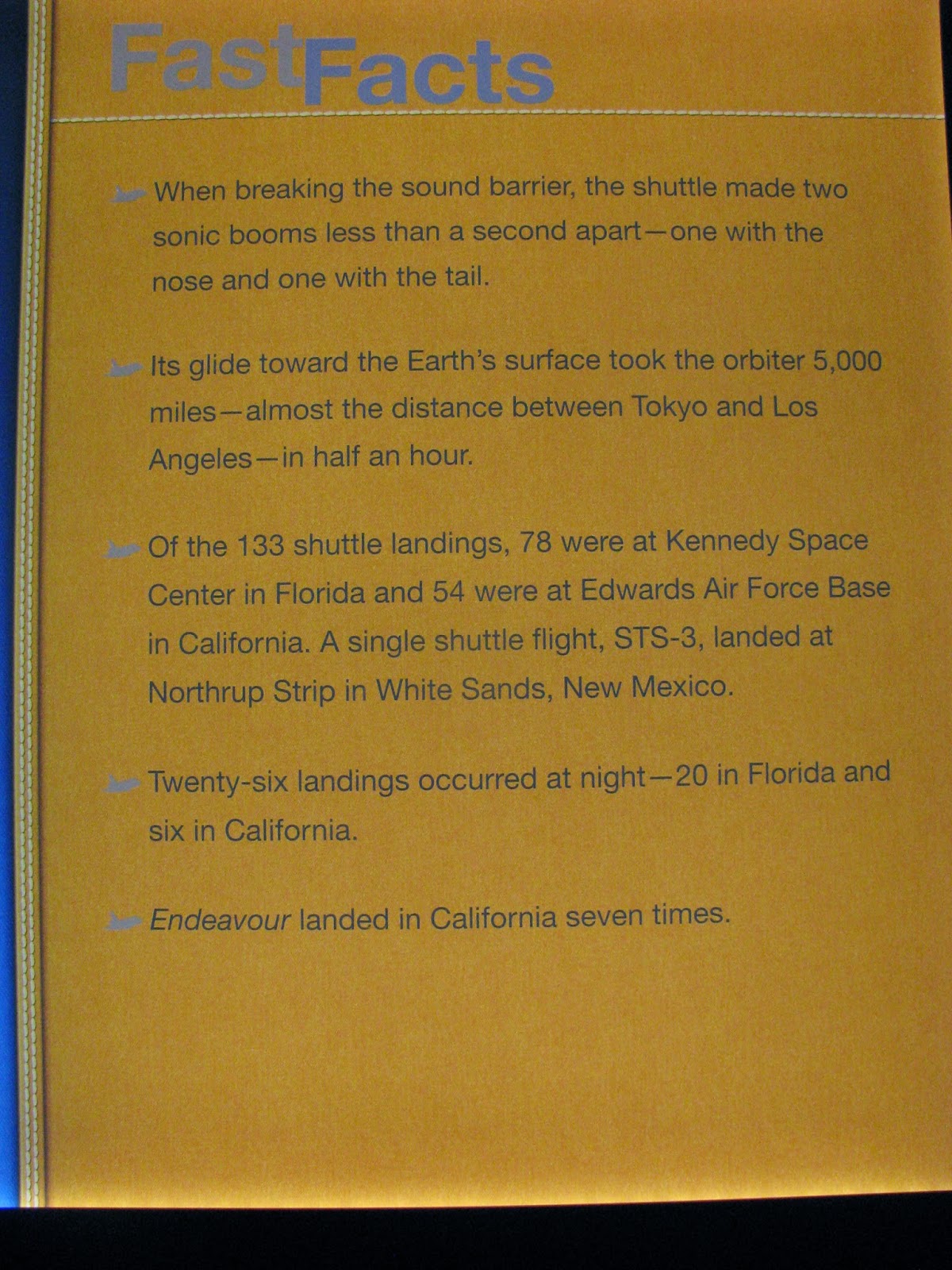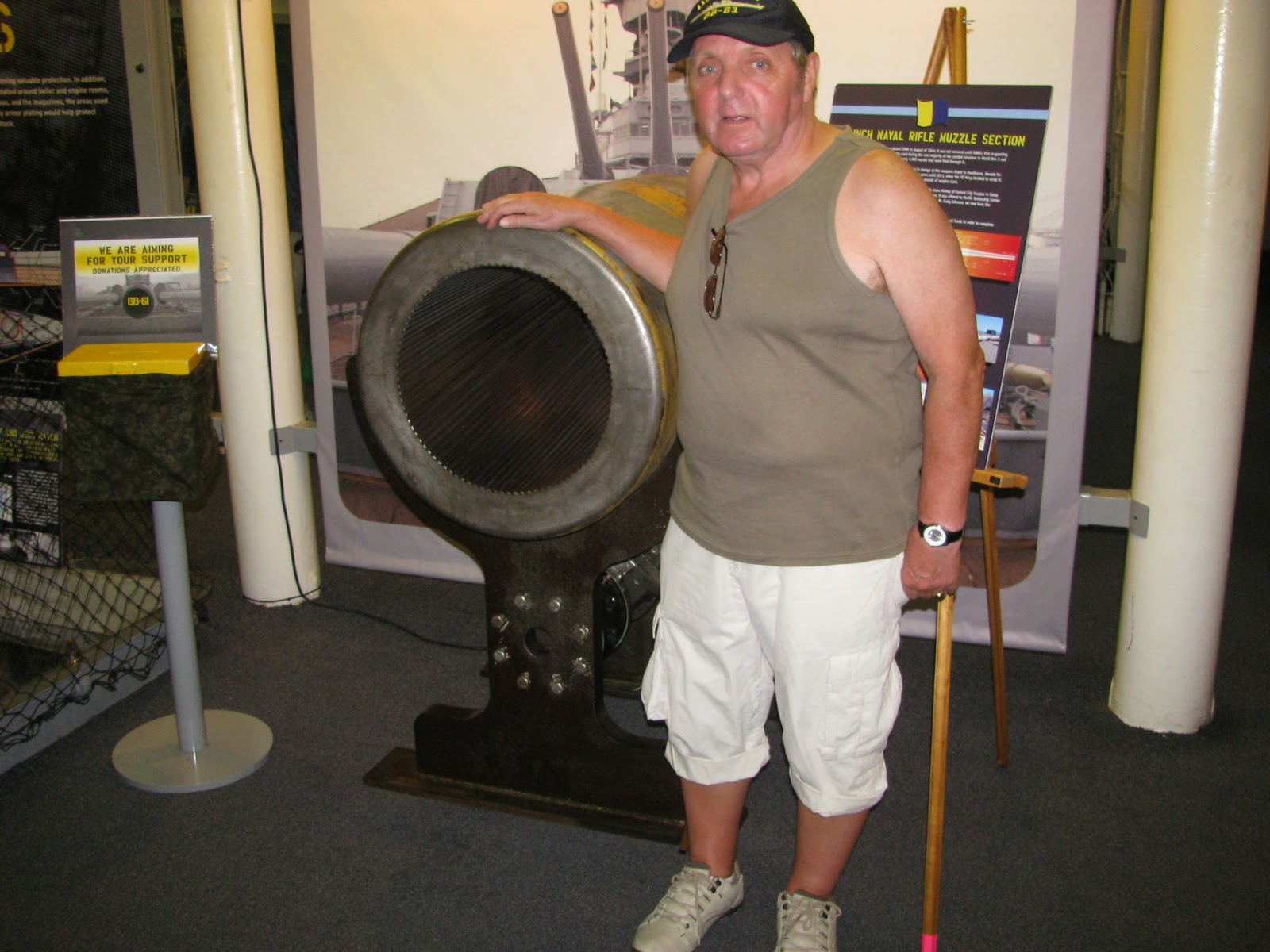Ron's Big Day Out On Board The Big Stick!
We arranged a trip to the Iowa so that we could experience a special tour.
It's not called the "Big Stick" for nothing.
There are three main gun turrets on the ship, each with three 16 inch fifty caliber guns.
That means, the guns fire 16 inch diameter projectiles where the barrel length is fifty times the bore or 50 x 16 inches, more than 66 feet long.
Here's Ron with one of the practice rounds.
The details of the round are shown here, over 1900 pounds!!!!
Here you see a practice round with the propellant bags, six of them.
This is enough to fire the round over 25 miles.
Here's Ron with a section of 16 inch barrel which was on the Iowa, number 2 turret.
This piece was rescued from a scrap facility and purchased by a donor for display on board.
We, that is to say Shultz Steel Company, had the honor of making the display support for this historical piece.
Ron headed down Broadway.
Now here is a real test of those two artificial knees, he was beginning to sweat a little by this point. We were almost at the lowest level of the ship, just above the triple bottom spaces.
At the main steam valve control for one of the four engines.
Green valve for forward, red valve for astern.
The triggers for the 16 inch guns.
You just can't tell some people anything!
How did he get that fat butt into the 5 inch gun turret on those two dicky knees?
He did, and here's the proof, he's adjacent to the breach of one the the two guns in this turret.
It was not an easy tour but Ron did it because he really wanted to and would not let anything stand in his way.
Here we bid farewell to our tour guide Bill.
We really saw some wonderful stuff today.
The entrance to the aromored bridge, 16 inch class A armor.
Looking aft over the rear turret at the Vincent Thomas Bridge.
The Big Stick, BB-61, USS Iowa.
I even picked up a recipe whilst we were on board.
I might try this the next time 2,500 of my best friends want to drop by.
Ciao Bella
and more soon from the continuing saga.
Norm














.jpg)














































